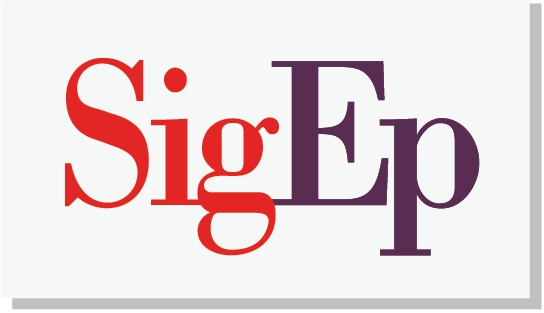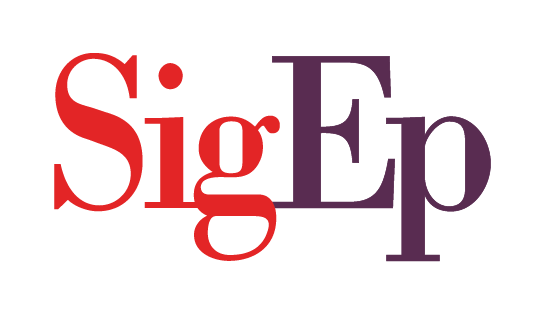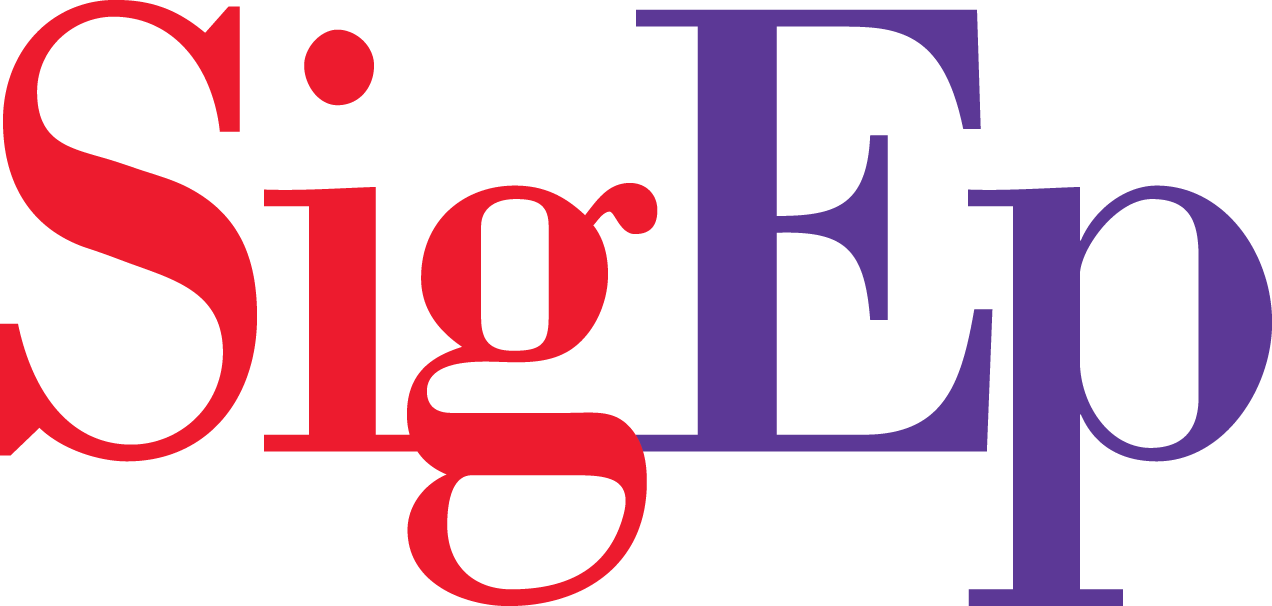 In the world of marketing, branding is huge. A strong, meaningful brand gives a company the power it needs to succeed, not just in the short term, but year after year after year. As consumers, we like buying brands we believe in. We know we are getting a product or service we trust, something that is reliable and dependable. Our favorite brands, whether it’s our favorite toothpaste, coffee, airline, or cellphone, is something we are loyal to, and we build a long-standing relationship with it that is mutually beneficial to both us and the brand.
In the world of marketing, branding is huge. A strong, meaningful brand gives a company the power it needs to succeed, not just in the short term, but year after year after year. As consumers, we like buying brands we believe in. We know we are getting a product or service we trust, something that is reliable and dependable. Our favorite brands, whether it’s our favorite toothpaste, coffee, airline, or cellphone, is something we are loyal to, and we build a long-standing relationship with it that is mutually beneficial to both us and the brand.
People are brands, too. We are something that other people develop relationships with, something that other people believe in and rely upon. And the steps to building a strong personal brand follow the same principles as the steps companies take when they develop their brands.
So how do you build your own personal brand? It’s easy: you start by figuring out exactly “Who” you are as a brand. Are you friendly, honest, and trustworthy, someone who is always on-time, organized, and dependable? Or are you always behind schedule, trying to be the center of attention, or someone who is always thinking of what can go wrong rather than what might go right? These personality traits give us a starting point in developing our own, distinct personal brand. It’s important to figure out who we are and how people perceive us so we have a basis for developing our brand.
So, who are you? Let’s find out:
• Take a piece of paper and make two columns. In the left-hand column, write down five to 10 positive things about yourself. Then, in the right-hand column, write down five to 10 negative things about yourself. Then take a few moments to think about what it says about you. Feeling good?
• Now that you’ve analyzed yourself, it’s time to get uncomfortable. Give a similar sheet of paper to three or four people who know you pretty well. They can be a friend, relative, mentor, or co-worker. Have them write down five to 10 positive things and five to 10 negative things, Now lay those sheets out in front of you and see if there are any similarities. You might be surprised at the different positive and negative traits people associate with you!
• Once you have asked yourself and your colleagues “who” you are, go to the internet. Google yourself, and see what pops up. Is it that article about your volunteer and community service, or your linked-in profile? Or does it directly link to your Facebook profile with a photo of you tagged at a party that, well, you probably don’t remember? Don’t worry, we can fix that. But checking yourself out on the internet provides an interesting perspective on how people may potentially view us (future employers, that person we’re dating this weekend, your parents), just as we view review and ratings sites when deciding which products to buy.
Okay, so now we have a general idea of “who” we are. We’ve got our starting point. We can build on our strengths and improve our weaknesses. What’s next? We get to set some goals and begin developing our roadmap to reach those goals. We’ll cover that in my next posting. Until then, please un-tag yourself from that embarrassing picture.
 Ric Sweeney is an assistant professor of marketing at the University of Cincinnati and a faculty fellow and Renaissance brother with the Ohio Theta Residential Learning Community. He can be reached at ric.sweeney@uc.edu
Ric Sweeney is an assistant professor of marketing at the University of Cincinnati and a faculty fellow and Renaissance brother with the Ohio Theta Residential Learning Community. He can be reached at ric.sweeney@uc.edu









Leave a Reply